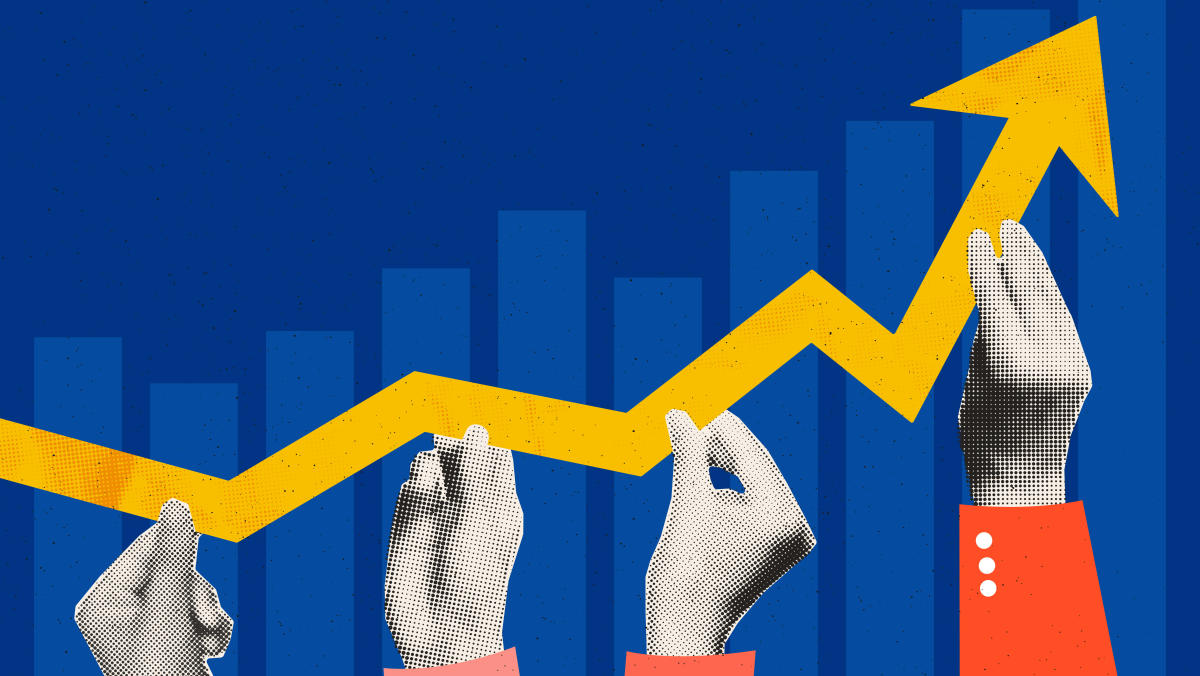- Loss and Damage Finance: the FRLD and Transforming Climate Finance Quality
- Bill Cosby Is Facing Foreclosure on Two NYC Homes, A Sign Of The Disgraced Comic’s Financial Decline
- Dogecoin Price Drop: Why Traders Remain Optimistic Amidst Concerns
- Unearthing None’s Hidden Gems With Strong Financial Foundations
- Canadian finance minister quits after clash with Trudeau – DW – 12/17/2024
TORONTO — The big questions in Canadian finance heading into 2024 were whether the economy could avoid a recession and what would happen with interest rates.
You are viewing: A by-the-numbers look back at Canadian finance in 2024
The uncertainty at the start of the year had banks tucking billions of dollars aside in case the picture worsened for heavily-indebted Canadian consumers as many renewed their mortgages at much higher rates.
As the year comes to a close, it’s clear banks and borrowers fared better than feared, leaving some of the biggest stories in the financial industry to be blockbuster deals, surprises and scandals at individual lenders.
Here’s a look at some of the key numbers that tell the story of 2024 for the Canadian financial sector:
$58,771,000,000 — The adjusted profits of the Big Six banks in the 2024 fiscal year. That’s up a billion dollars from a year earlier, though still a little below the highs of 2021-2022. Heading into 2024, there were heightened fears about mortgage defaults and borrower stress with interest rates running high. The strains did lead to subdued loan growth, but with Canada settling into a soft economic landing, banks still managed robust profits. Expectations are for better growth in 2025, mostly in the second half of the year, as interest rate cuts have time to work through the economy.
3.25 per cent — The Bank of Canada interest rate at the end of the year, down from five per cent at the start of June. Banks followed the central bank’s lead and have lowered their prime rates to 5.45 per cent. More cuts are on the way for 2025 with RBC expecting the central bank rate to lower its key rate to two per cent by July because of the weak economy. Meanwhile, the U.S. interest rate came down only half a percentage point as its economy remains much stronger. The Federal Reserve suggested earlier this month it may cut just twice next year.
0.20 per cent — The mortgage delinquency rate in Canada at the end of the third quarter, according to Equifax Canada. That’s up from a historically low 0.14 per cent two years ago, but still below the more than 0.30 per cent that it averaged in the years before the pandemic. Banks expect delinquencies to creep higher next year as job losses grow, but say overall, they’re comfortable with their mortgage portfolios.
$4.45 billion — What TD Bank Group paid the U.S. government for its oversight failures on anti-money laundering controls. The bank took full responsibility for the failures, which led to criminals laundering more than $965 million in illicit drug profits through its branches in the U.S. Regulators also capped its retail asset growth. TD chief executive Bharat Masrani announced he would retire in the new year, to be replaced by Raymond Chun.
Source link https://ca.finance.yahoo.com/news/numbers-look-back-canadian-finance-110001812.html
Source: https://summacumlaude.site
Category: News







